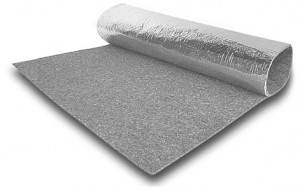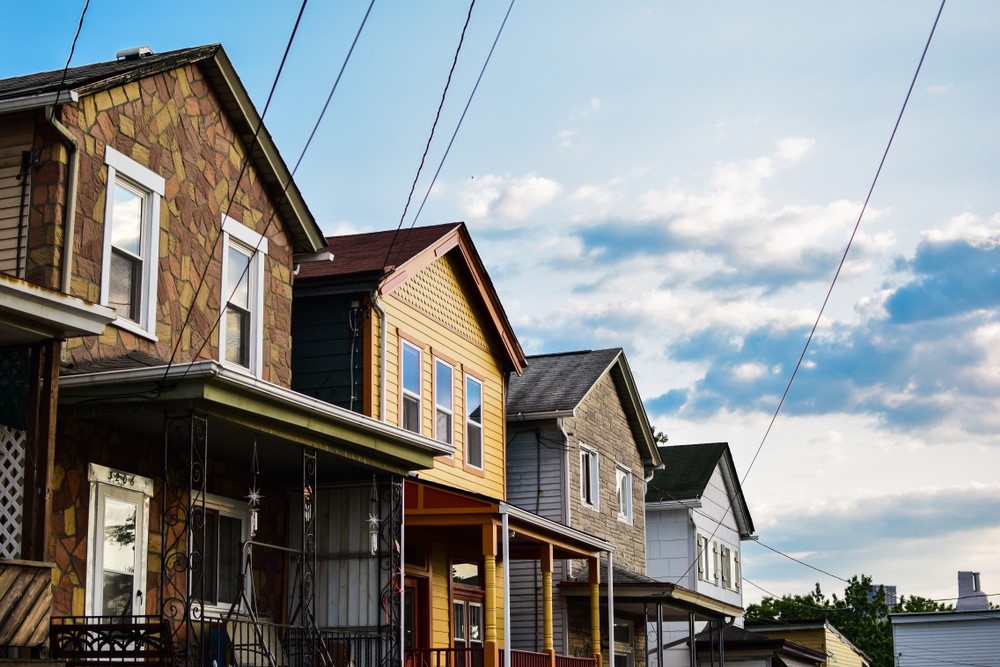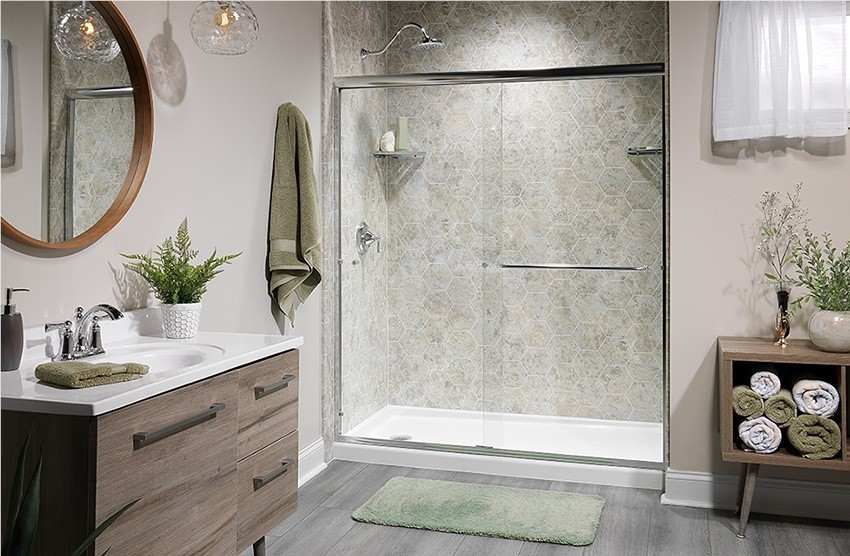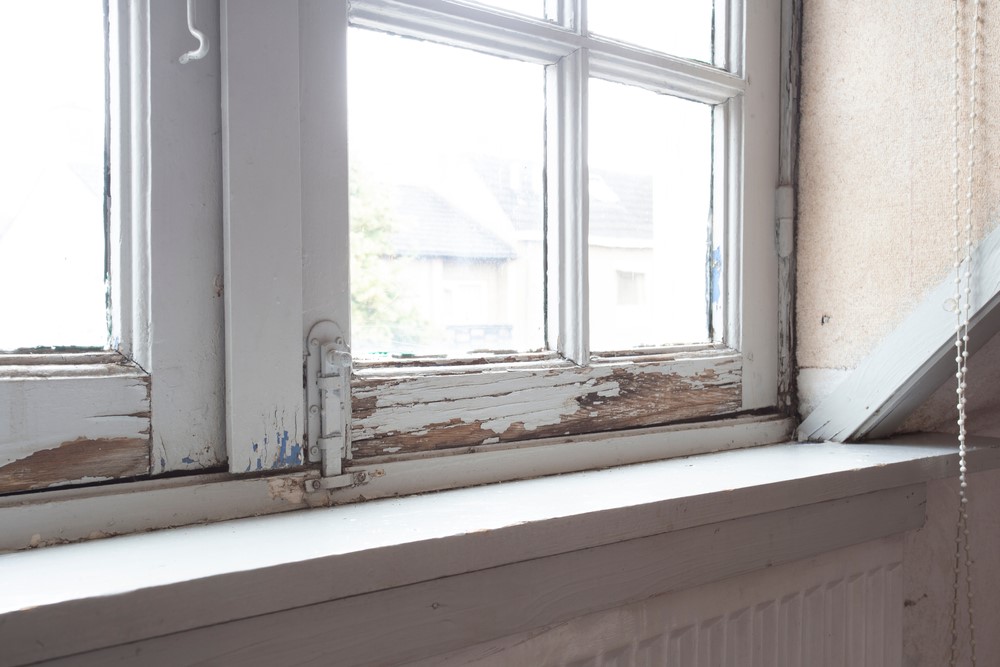As a follow up to my blog posting from last week, I wanted to talk a little bit about a different type of insulation that many people are not aware of, radiant barrier. This is a type of insulation that works differently than traditional insulation products and can therefore add an additional layer of efficiency to homes which are already adequately insulated with fiberglass or cellulose insulation.
Traditional insulation products rely on pockets of air to form a blanket around whatever it is they are insulating. These pockets of air slow the transfer of energy through the insulation. This resistance to the transfer of energy (heat) is what is measured by an R value. The higher the R value, the higher the resistance and therefore the better the insulator. Eventually, however, the heat will transfer through a insulator which is why even well insulated homes still need to run a furnace in the winter months. Furthermore, this resistance only applies to the transfer of energy by convention or conduction. Energy can also be transferred by radiation (think of the sun radiating heat through space).
In order to address heat loss or gain through radiation, customers may want to consider the installation of radiant barrier insulation. This is particularly important when you consider that roughly half of the heat lost in the winter is lost through radiation and around 90% of the heat gained in the summer is through radiation. Put simply, traditional insulation can only solve part of the problem. By addressing the heat lost or gained through radiation, a homeowner can significantly improve the energy efficiency of their home.
Radiant barrier is a thin silver-colored material that comes in sheets or rolls. An installer can apply this to either the floor of your attic over traditional insulation or it can be applied to the underside of roof rafters. The installation goes relatively quickly and with little mess (a normal attic can be done in a day or less). A radiant barrier works just like a space blanket. In cold weather, it reflects the heat radiating out of your home back into the home. In the summer months, a radiant barrier will reflect heat from the sun away from your home, reducing the energy used by the air conditioner. Radiant barrier can also be installed on the roof deck surface beneath shingles. In fact, there are now companies that manufacture roof sheathing that comes with radiant barrier coating on one side. The use of radiant barrier has been shown to have no negative effects on the life of shingles.
In terms of the cost, radiant barrier is comparable to the cost of installing more traditional insulation and can be added to a home at the same time that normal insulation is being installed. With this in mind, if you are looking to upgrade the insulation of your home, you may want to consider also adding a radiant barrier in order to maximize the insulation value of your home.
Tags
Subscribe to Legacy Remodeling's Blog











Comments